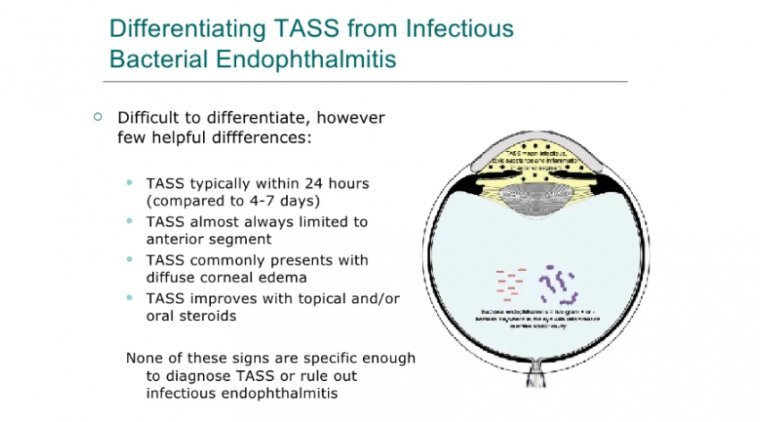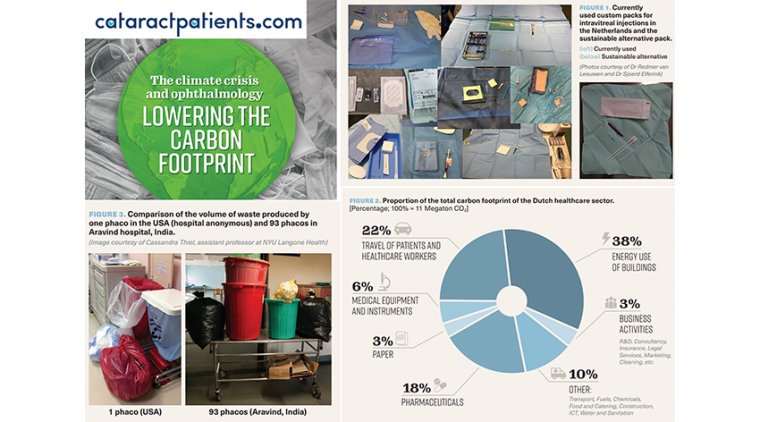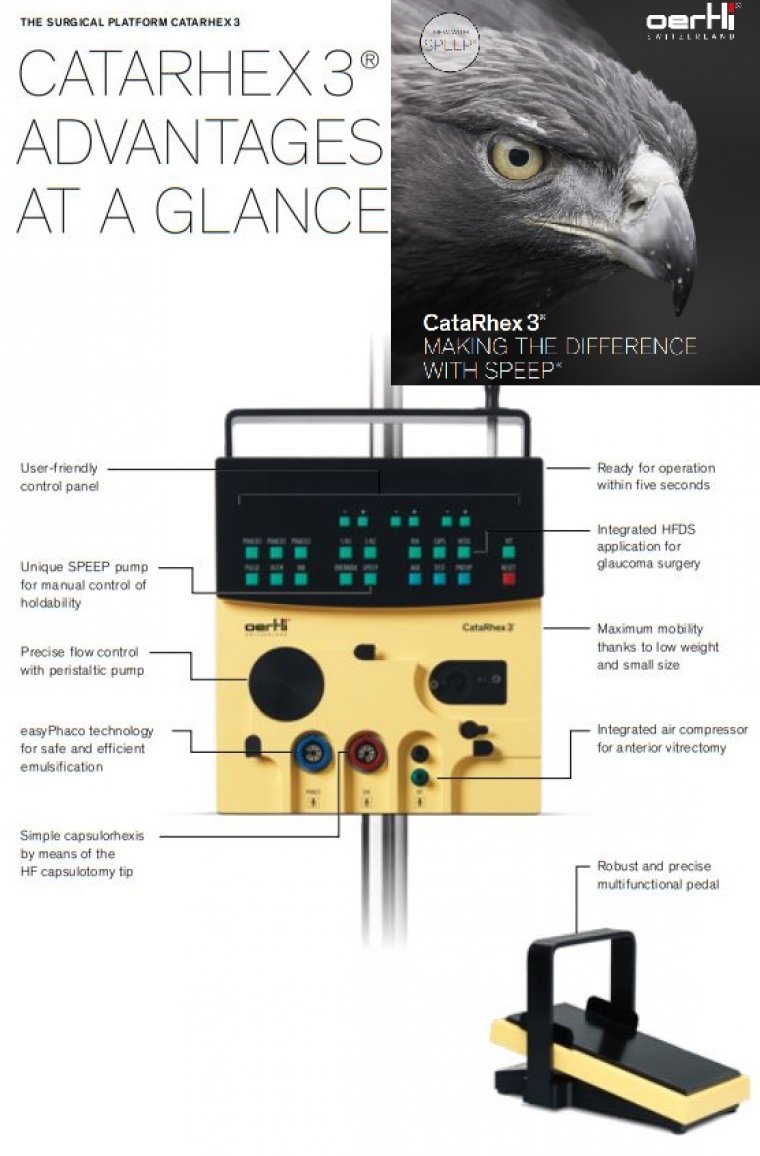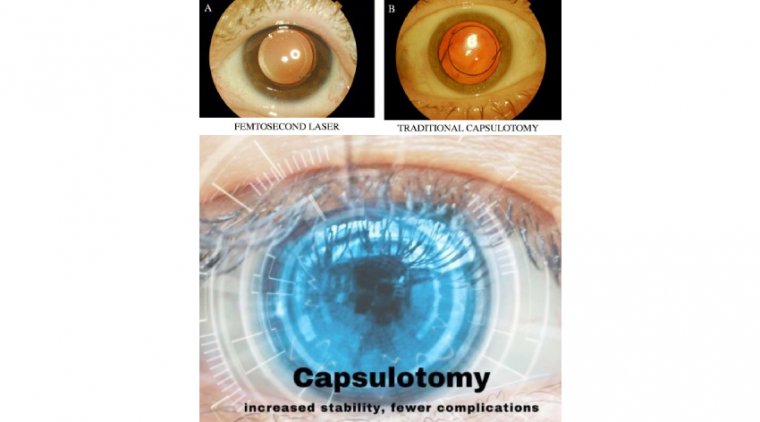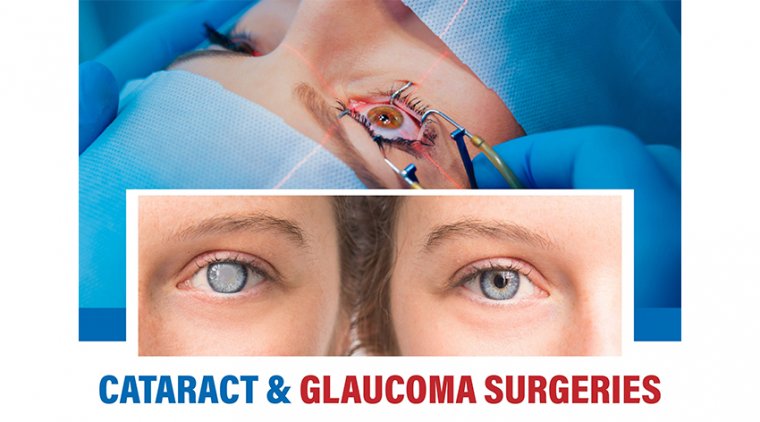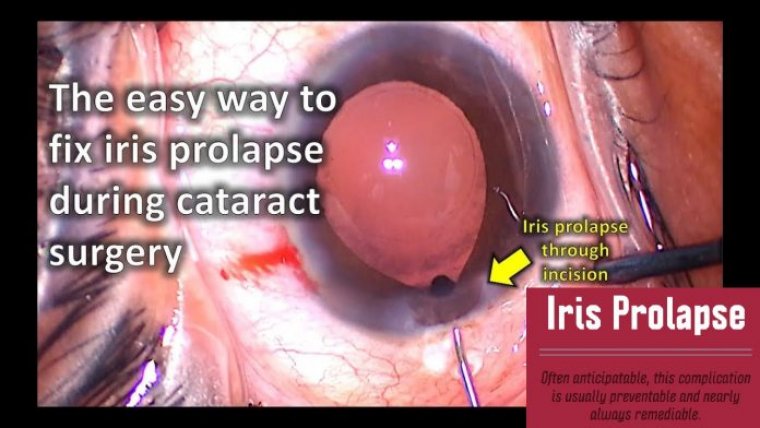
Covid-19 & Cataract Surgery – Patients
In light of dealing with Covid-19 and thinking more effectively about the details of eye care, in every sense of the word, there is still too much work to do.
The ongoing fallout from the coronavirus disease 2019 (COVID-19) pandemic has resulted in unprecedented changes in the delivery of ophthalmic care, in general, and cataract surgery, specifically.
For example, although many patients have been comfortable with resuming medical appointments, a significant percentage have not. Almost one of our four patients who were due for appointments recently said they were not ready to come back due to fears about the virus. For those who do come back, in-office appointments carry new requirements for physical distancing and cleaning between patients.
Both trends are pushing ophthalmologists to become more efficient with patients’ time in the office and to consider moving all or part of the exam to a digital platform. COVID-19 has also accelerated changes that were already in motion due to pre-pandemic technological shifts.
Doctors and staff were already adapting patient education and informed consent procedures based on the availability of femtosecond lasers, advanced-technology IOLs, minimally invasive glaucoma surgery, and sustained release pharmaceutical options.
Moreover, the pandemic provides a new impetus to innovate and get these procedures right—for both patient and practice health. Many of the decisions we ask patients to make around cataract surgery require significant education about the refractive error and their medical condition (cataract, glaucoma, etc).
We also need to spend time discerning patient interests and communicating the value of new technologies. How to accomplish all this while reducing the time spent in the office? The answer lies in web-based solutions that facilitate and automate patient communications before patients even arrive.
Some companies, including Surgiorithm, Patient Pending, and Rendia, provide varying levels of digital content and/or automated outreach. These services, for example, can detect an upcoming cataract consultation in the electronic health record system and send the patient a text or email message from their surgeon asking them to review some educational materials and answer questions about their lifestyle and visual needs.
We can use the answers to collect history and demographic information, further streamlining time spent in the office. But the greatest advantage is that we can provide education when the patient is more receptive and relaxed.
We find that when this advanced communication happens, there is a meaningful improvement in patients’ understanding of cataract surgery and their willingness to adopt new technology options. They are also happier with the results.
Reducing The Need For Drops
Postoperative antibiotic and anti-inflammatory eye drops have historically been very important to the safety and efficacy of cataract surgery, but ophthalmologists have done a poor job of communicating this to patients—or teaching them how to instill drops properly. We know that drops are expensive, uncomfortable, and a hassle for our patients to use.
They often miss doses, put in too many drops at once, or hit the cheek instead of the eye. Our research shows that 25% of patients who have had cataract surgery spontaneously identify eye drops as one of the biggest negatives about their surgery.
For us as clinicians, an adverse effect such as stinging on instillation may seem trivial, but it can have an outsized influence on patients. What we consider to be a minor symptom can be significant because it stands in the way of adherence, frightens patients, and colors their perception of their medical care.
In the current environment, all the typical challenges with eye drops are compounded by barriers to pharmacy access, less available family and caregiver assistance, and patient concerns about touching their eyes and face during the pandemic. For all these reasons, we believe the demise of eye drops for the delivery of chronic and postoperative therapies is on the horizon.
In our practice, we increasingly rely on sustained-release (SR) drug delivery technologies such as dexamethasone injectable solution 9% (Dexycu, EyePoint Pharmaceuticals), a bioerodible intracameral implant that is injected into the ciliary sulcus at the end of cataract surgery, where it delivers a tapering dose of steroid dexamethasone for up to 30 days.
This has eliminated the need for patients to use steroid drops, and in many cases also eliminated the need for a nonsteroidal anti-inflammatory drug (NSAID) drop. We still prescribe NSAID drops for high-risk patients, but in most cases have eliminated postoperative topical anti-inflammatories.
Our practice is also moving toward intracameral antibiotics at the time of surgery, which eliminates another postoperative cataract drop. Patients overwhelmingly prefer this approach, and it has greatly reduced staff time spent reviewing the drop schedule and dealing with substitutions, refills, and medication questions.
There are several other SR technologies available now, and many others in development. The intracanalicular insert (Dextenza, Ocular Therapeutix) also provides postoperative steroids after cataract surgery. Allergan’s Durysta delivers bimatoprost for about 3 months for glaucoma patients, and Glaukos Corporation’s iDose refillable implant (still in trials) may be able to deliver travoprost for a full year.
All these SR technologies are largely invisible to patients, who only know what they do not have to do, which is put in those dreaded drops.
Telemedicine
As we go forward, we expect to see continued expansion of telemedicine in ophthalmology. There are some doctors conducting cataract surgery postop day 1 exam via video conference.
There are some downsides to this approach, such as the inability to check IOP or examine the anterior chamber for cells. However, even an external iPhone camera can give the clinician a pretty good idea of the absence or presence of major problems after surgery.
Three factors are needed for the consistent use of telemedicine in ophthalmology: patient acceptance, appropriate clinical tools, and regulatory support.
During the pandemic, patients have certainly been willing to consider this type of appointment to avoid unnecessary virus exposure. The government has relaxed HIPAA guidelines and allowed Medicare reimbursement for telehealth visits.
If this continues, we will likely see a booming market for new clinical tools to facilitate more exam components, such as remote IOP measurement and optical coherence tomography (OCT). There was little incentive for manufacturers to develop these tools for us when doctors couldn’t get paid for a telemedicine visit, but if the regulatory support continues, we believe the technology will follow. Despite the current challenges to ophthalmic practice, we are optimistic about the future. Better communications and new tools for cataract patient care will make it easier for us to grow our practices, keep our offices safe, and provide excellent outcomes.


